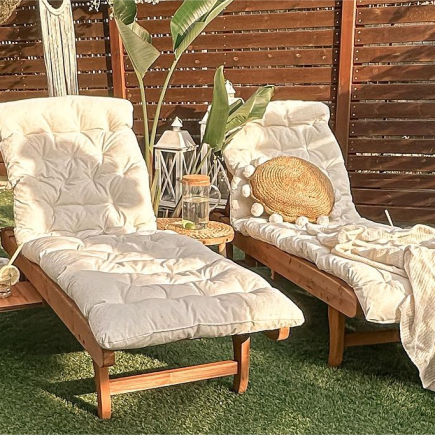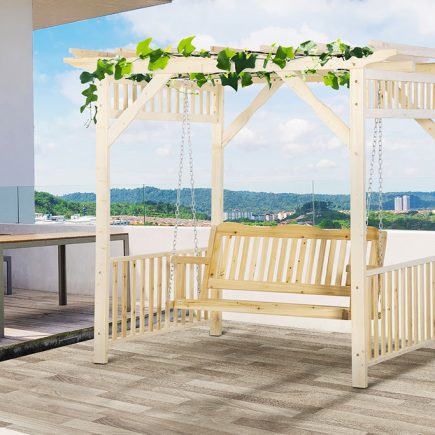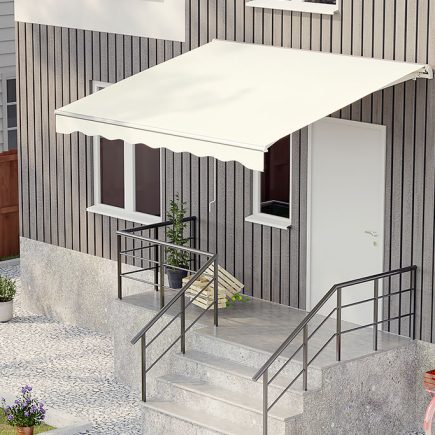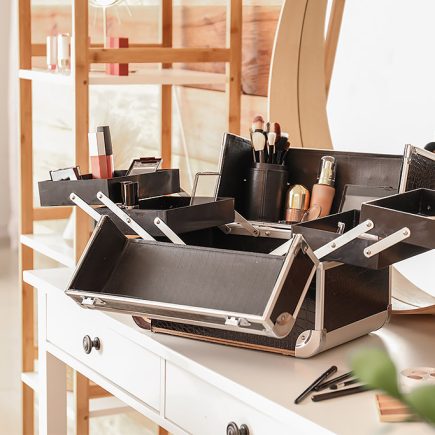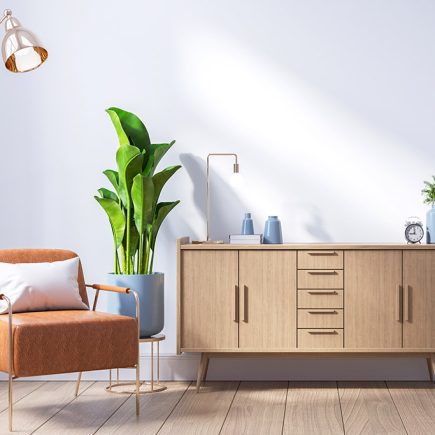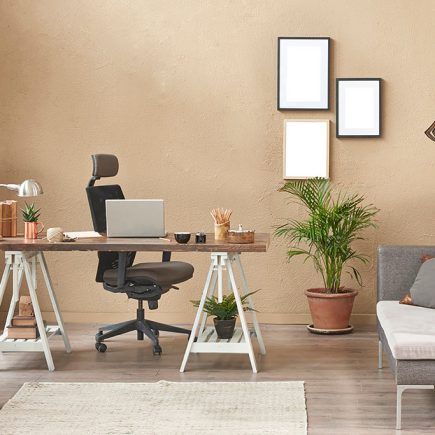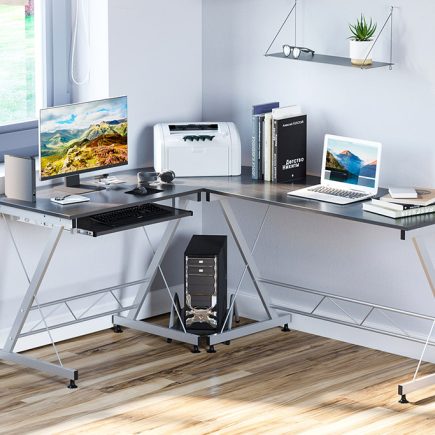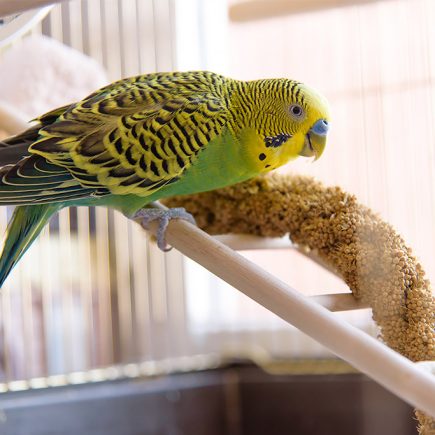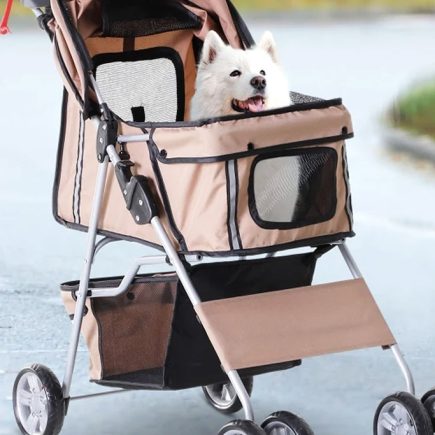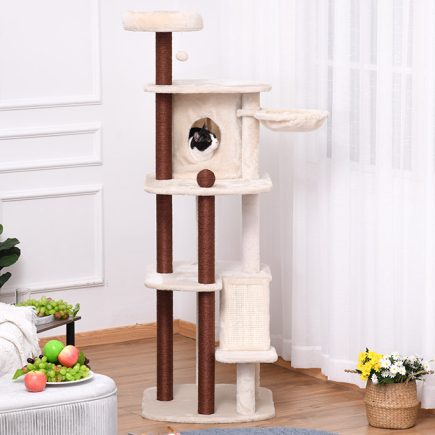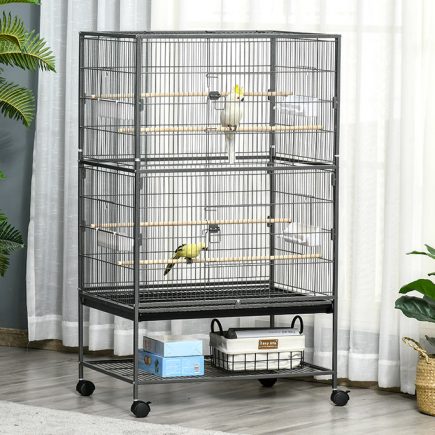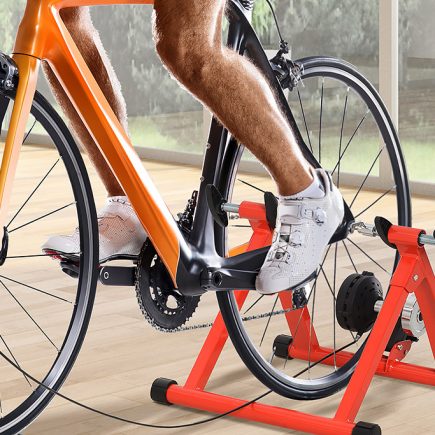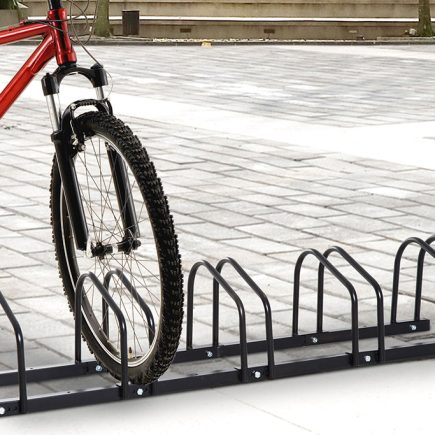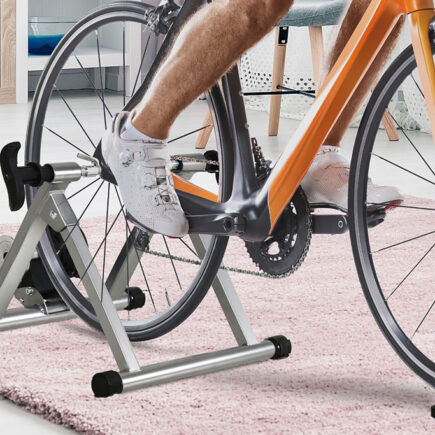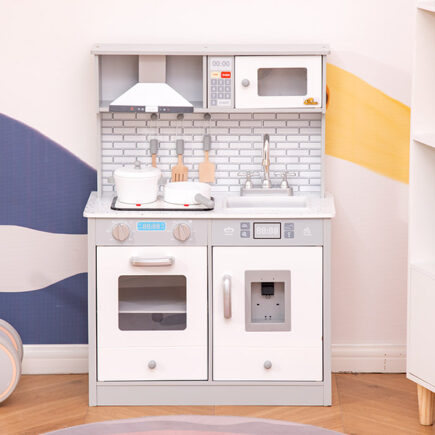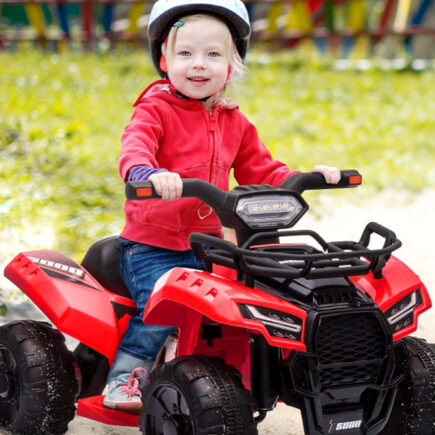Birdcages are designed for birds that you want to keep at home. Birds require an enclosure that allows them to fly about, with a certain degree of freedom while at the same time stopping them from flying off. Birdcages are designed to facilitate movement and regular activities for them.
Birdcages are commonly made of wire mesh. A basic birdcage comprises the four sides of the cage, a top, a door, and a metal or plastic tray that serves as the cage’s bottom. When it comes to picking the right birdcage, let’s take a look at the types of cages available and which one will be a good fit for you.

Index
- Types of Bird Cages
- Products Recommended by AOSOM
- Tips for Choosing a Bird Cage
Types of Bird Cages
Let’s look at the most basic types of bird cages.
Cages Based on Different Materials
- Powder-coated cage- A powder-coated birdcage is relatively less expensive than stainless steel cages. Powder-coated cages last for a few years but not for very long. Powder-coated cages are available in different colors, shapes, and sizes however you should always make sure that they are non-toxic in nature.
- Stainless steel birdcage- A stainless steel birdcage is able to withstand daily wear and tear and is very easy to clean. They last for a long time and are non-toxic in nature and are a better choice for most birds. They are some of the most expensive ages but although they are expensive, it is worth it in the long run. Always make sure that the cage is made of hundred percent so they don’t rust.
- Plastic coated cage- Plastic coated cages are inexpensive but depending on what bird you want to keep they can be toxic. A plastic cage will need to be frequently checked to make sure that no pieces of plastic are breaking off. They are easy to clean and come in different designs and sizes.
Bird Cages Based on Design
- Hanging cages- Hanging cages are quite useful since they conserve room and can be placed practically anyplace in your house.
- Ground-level cages- Ground-level enclosures are rather large and are only worthwhile to invest in if you have a great amount of room available indoors.
- Cages designed for tabletops- Tabletop cages are smaller in size and more portable, making them a good choice if you plan to move the cage around regularly.
- Shapes- Many different forms are available for bird cages. Domesticated birds are sometimes housed in rectangular or square cages. Polygonal cages are a common sight and could be both functional and visually appealing.
- Cages with trays- A tray of plastic or metal may be used underneath the cage. You can simply remove the tray, clean it, and put it back in place. There are also seed trays that are wider than the cage itself, capturing any dropped seeds.
- Breeding cages- Cages for breeding birds have a particular layout with a divider and are intended to meet their specific needs. In these bird breeding cages, once the birds have become used to each other, the central barrier is removed and breeding can commence.
Products Recommended by AOSOM
Listed below are some of the products that are recommended for AOSOM.
PawHut Bird Cage for Macaws, Finches, and Cockatoos

This 54″ tall birdcage is constructed of powder-coated metal wire. It is durable and will last for many years. Two wooden perches and four food containers are included with the set. A seven-ounce water bottle is also included.
The bottom tray may be easily removed for cleaning, or it can be placed on the floor for use as a separate serving tray. The birds may easily get in and out of the house through two large entrance doors. It is equipped with four smooth-rolling casters that make moving it a breeze.
PawHut 36″ Play House Bird Cage for Macaws, Cockatoos, Parrots and Finches

This 36” tall birdcage is constructed of a robust steel iron wireframe with a plastic pull-out tray for easy cleaning. It includes one large entrance door and one tiny back door for convenient access to the cage’s interior.
There are four plastic feeders, three timber perches, and one swing in the cage. Birds may eat, rest, and play in this ideal environment. In addition, the pet-friendly design assures that birds will not become entangled or stuck between apertures.
PawHut 51″ Metal Bird Cage Stand

Birds need to be able to move around and flap their wings freely in their cage. This birdcage has adequate room for bird food bowls, many perches, and other accessories. Conveniently access your bird’s water and food as there is a wide entrance door and many sliding food doors.
This birdcage kit is made of steel wire, powder-coated metal, and sturdy plastic. With a handle on top, the main body may be easily transported. Cleaning up is easy thanks to the front slide-out tray on the bottom, which collects birdseed. It is easy to move as it has a portable rolling stand with four wheels.
Tips for Choosing a Bird Cage
There are a few things to consider while selecting a birdcage.
- Size of the cage- The larger the cage, the better for your bird, since it will provide them with a sensation of freedom. Birds dislike being confined and require freedom to soar, flap their wings, climb, and play. Keeping them in a confined place promotes detrimental behavior. Purchase a cage that is the appropriate size for your bird.
- The cage’s design- Cages can be round or rectangular, with a dome top or a play top. Cockatoos and macaws are large birds. They require a bigger horizontal region in which to fly from one side to another. Play top cages have extra space on the top of the cage whereas dome top cages will allow your bird to play and climb. Birds, in general, require a bigger horizontal space in which to fly side to side. Play top cages will let your bird play and climb in the region where the top gauges have a play area.
- Door size- The style and size of the cage’s door are also significant. Larger doors enable your bird to fly out easily and allow you to clean the cage properly. Depending on the size of your bird, pick a cage with a door that inhibits your bird from flying out.
- Bar spacing- Bar spacing is also important. Your bird’s head should not be able to fit between the bars, and they should be stable enough to prevent the bars from being bent by the board. Vertical and horizontal bars provide opportunities for your birds to climb and play.
- Safety- Safety is important and you must ensure that the cage is constructed entirely of non-toxic materials that will not hurt your bird. Confirm that the powder coating or plastic is in good condition and that the latches and locks are secure to prevent your birds from fleeing. All parts of the birdcage should be secure and inaccessible.
In order to ensure that your birds enjoy the greatest possible environment, it is important to choose the correct birdcage. Selecting the right cage will be a breeze if you follow the above-mentioned guidelines. A good birdcage will also add to your home’s decor. Remember to always opt for good-quality birdcages and don’t compromise on size and style.

